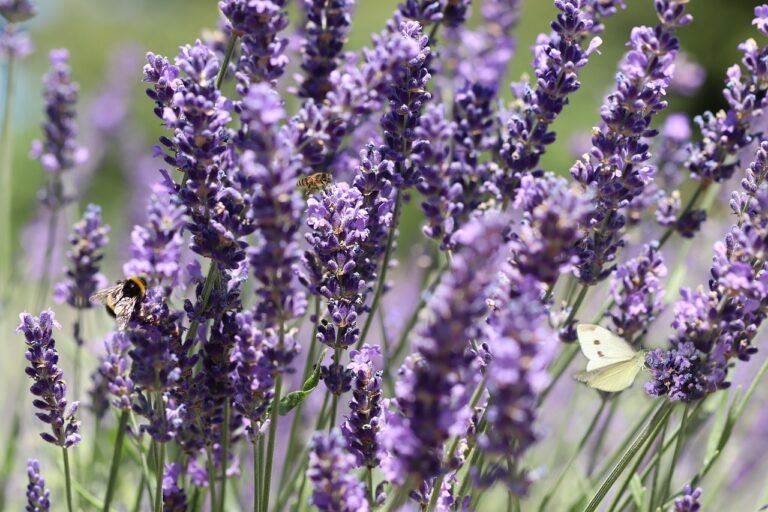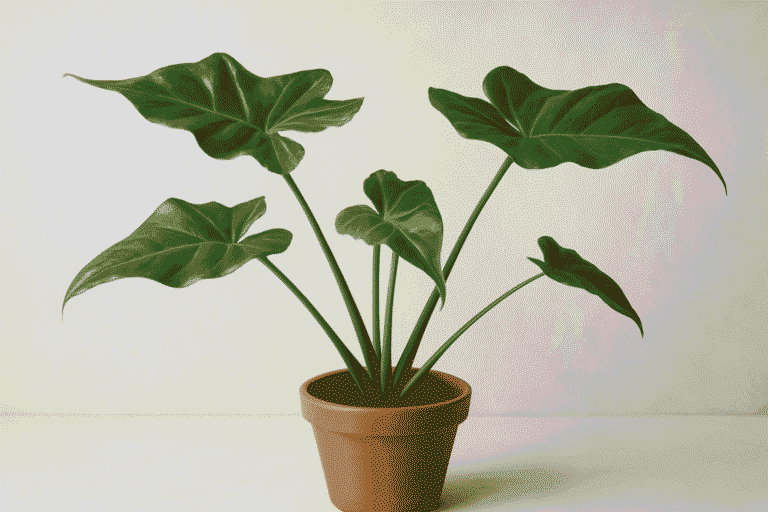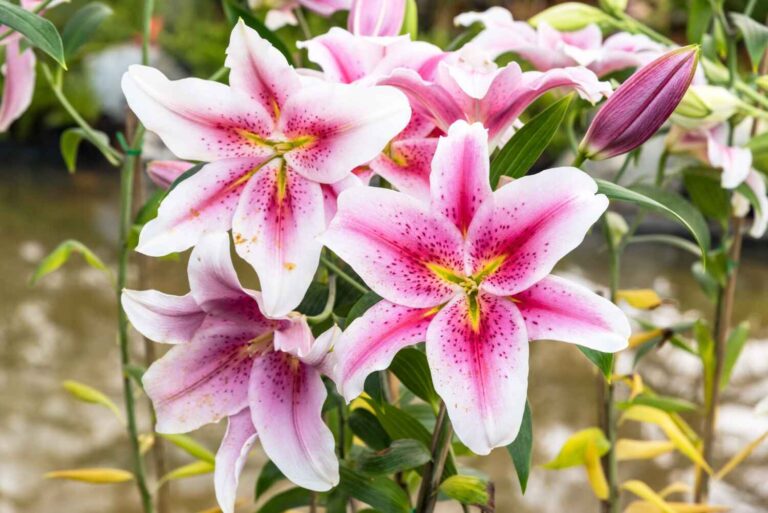How to Grow Zinnia Seeds?
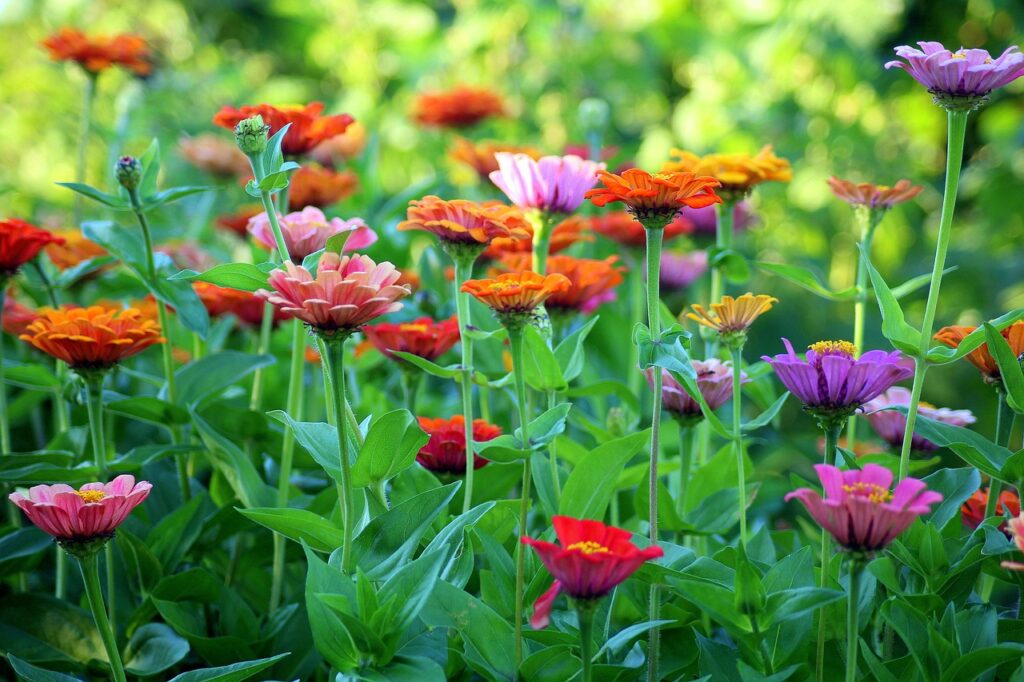
If you’re dreaming of a backyard bursting with bright, cheerful colors, growing zinnia seeds is one of the easiest—and most rewarding—ways to make that happen. Trust me, I’ve been planting zinnias in my garden here in the U.S. for years, and they never disappoint. These hardy, sun-loving flowers are perfect for beginner gardeners and seasoned green thumbs alike.
Zinnias are annuals, which means you’ll need to plant them each year—but don’t worry, the payoff is well worth it. From bold reds and oranges to soft pinks and purples, zinnias bring serious summer vibes and attract butterflies like crazy (a big win if you’re into pollinator-friendly gardens).
The best part? Starting zinnia seeds is super simple. Whether you’re sowing directly into your garden soil or starting them indoors to get a jump on the season, they germinate quickly and grow fast—especially in warm climates. With just a bit of sunlight, well-drained soil, and regular watering, you’ll have vibrant blooms from early summer all the way into fall.
In this guide, I’ll walk you through the exact steps I use every spring to grow zinnias from seed—what works, what doesn’t, and the little tricks I’ve picked up along the way. Let’s get planting and turn your outdoor space into a colorful paradise with zinnia seeds!
Where to find Zinnia Seeds?
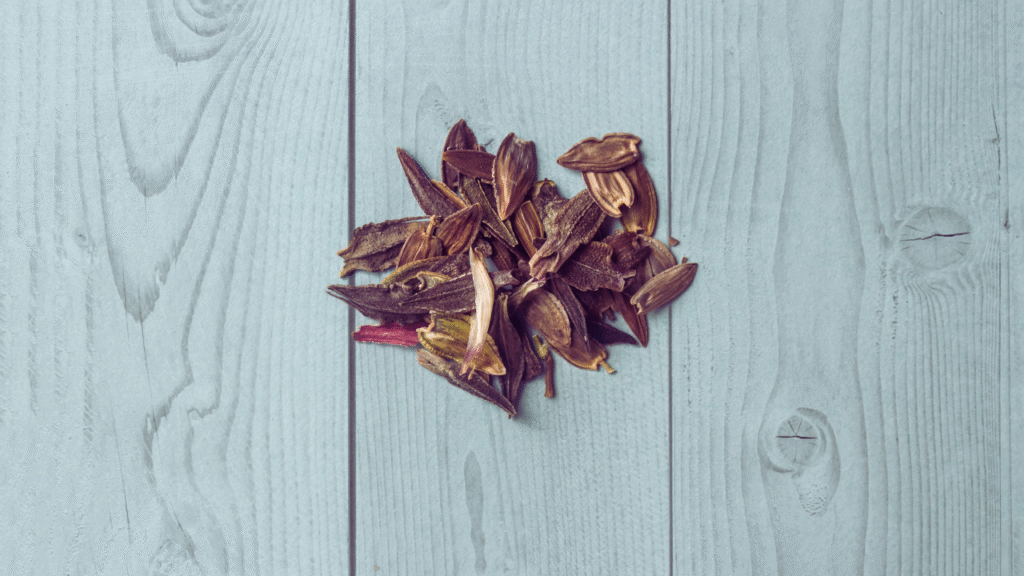
When I first started gardening, one of my biggest questions was—where do you even buy zinnia seeds? The good news is, in the U.S., zinnia seeds are super easy to find once you know where to look.
For starters, your local garden center or nursery is a great place. I’ve found some of my favorite zinnia varieties just by browsing the seed racks at places like Lowe’s, Home Depot, or even Walmart. You can usually find them in early spring when the gardening section starts filling up.
If you’re like me and love variety, online seed shops are a goldmine. Websites like Burpee, Baker Creek Heirloom Seeds, and Johnny’s Selected Seeds offer tons of zinnia seed options—from classic cut-and-come-again mixes to more unique colors and shapes. Plus, shopping online gives you time to read reviews and compare growing tips.
Farmers markets and seed swaps can also be hidden gems. I once scored a rare heirloom zinnia seed packet from a local grower, and it turned out to be the highlight of my summer garden.
Whether you prefer shopping in person or online, finding quality zinnia seeds is easier than ever—and once you grow them, you’ll be hooked!
Steps to Grow Zinnia Seeds:
1- Soil Preparation for Zinnia Plant
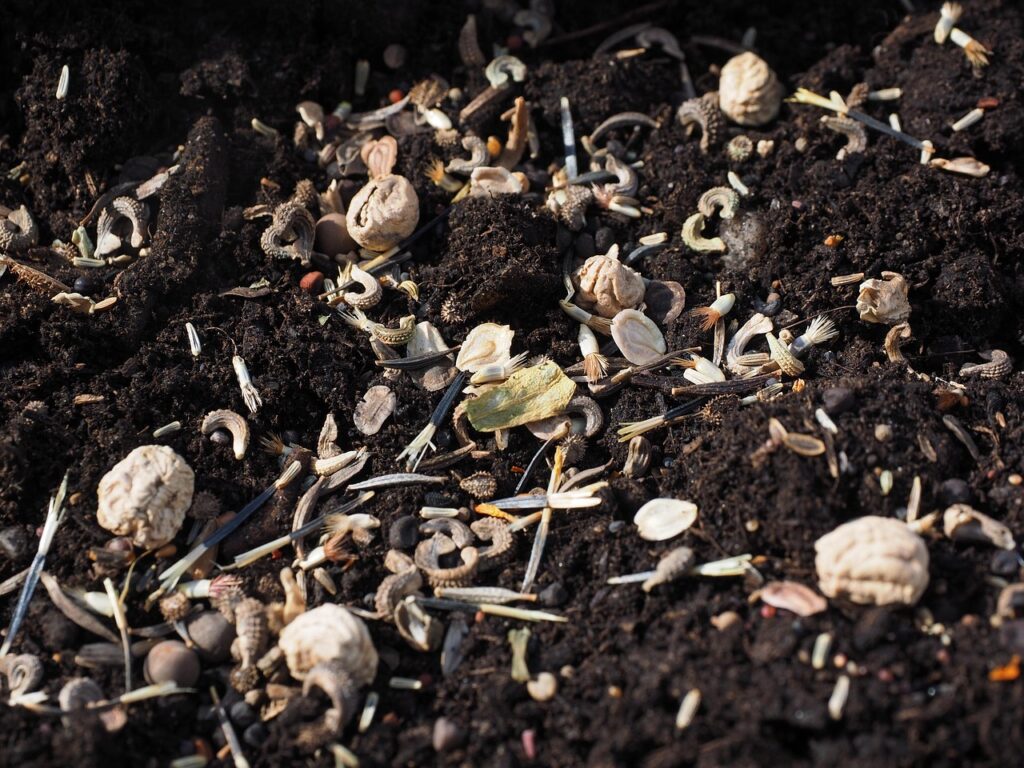
Getting your soil right is one of the most important steps when growing a zinnia plant, and believe me, I’ve learned this the hard way. Back when I first planted zinnias, I tossed some seeds into my clay-heavy garden bed and hoped for the best—not much happened. Since then, I’ve figured out what works, and it’s made a huge difference.
Zinnias thrive in well-drained, loose soil that’s rich in organic matter. If your garden soil tends to hold water or is too compact, you’ll want to amend it with compost or peat moss. I usually mix in a few shovels of compost and a little sand to lighten things up—zinnias don’t like wet feet!
Make sure to pick a sunny spot. Zinnias love full sun—at least 6 hours a day—so don’t be shy about giving them the best seat in your yard.
Before planting, I rake the soil smooth and break up any clumps. A neutral pH (around 6.0 to 7.5) is ideal, but zinnias are pretty forgiving.
Taking the time to prep your soil properly sets your zinnia plant up for a healthy, bloom-filled season. Trust me, your future self—and your garden—will thank you!
2- Germination of Zinnia Seeds
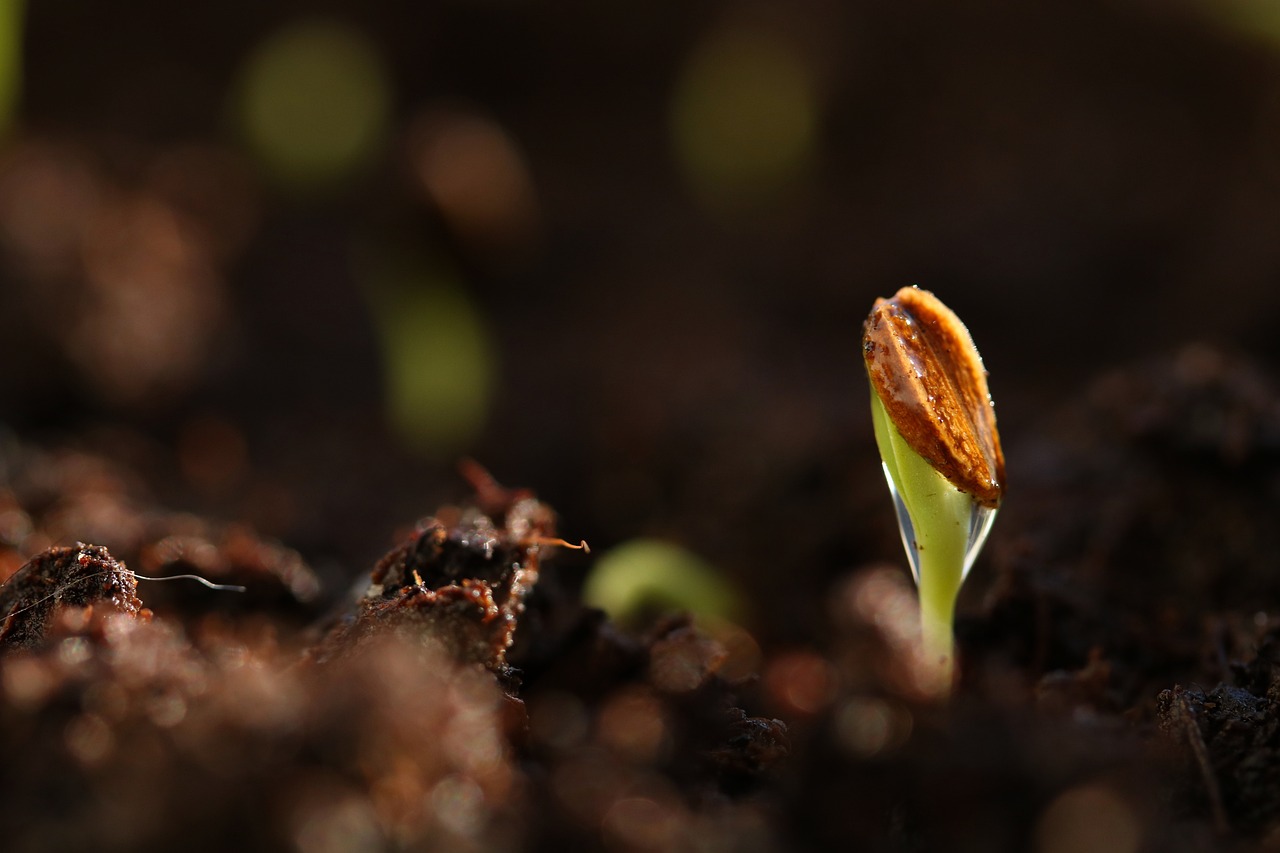
Watching zinnia seeds sprout is one of my favorite parts of the gardening journey. It’s amazing how fast these little seeds turn into vibrant blooms. If you’re in the U.S., especially in warmer regions, germinating zinnia seeds is super simple and really satisfying—even if you’re new to gardening.
I usually start my zinnia seeds outdoors, directly in the garden, once the last frost has passed. The soil needs to be warm—ideally around 70°F. I just sprinkle the seeds about ¼ inch deep, lightly cover them with soil, and water gently. Within 5 to 7 days, those tiny green sprouts start popping up like magic!
If you want to get a head start, you can start zinnia seeds indoors about 4 to 6 weeks before your area’s last frost date. I use seed trays near a sunny window or under grow lights, and they do great. Just make sure to harden them off before transplanting them outside.
Keep the soil moist (but not soggy) during germination, and don’t overwater—zinnias don’t like sitting in wet soil.
It never gets old seeing those first seedlings appear. Every time I grow zinnias from seed, it feels like a small win—and it sets the stage for a garden full of color.
3- Watering the Zinnia Plant
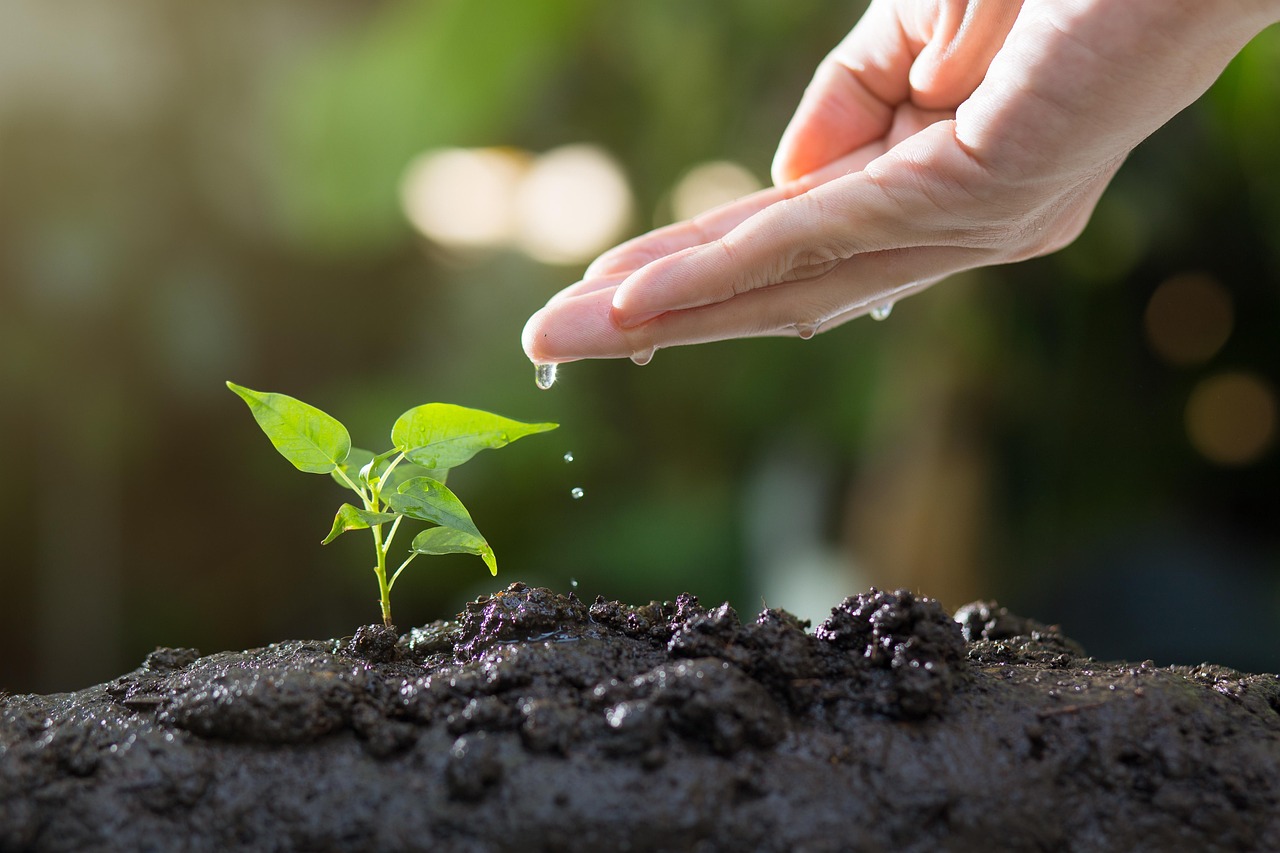
When it comes to watering your zinnia seeds and plants, finding the right balance is key. I’ve definitely overwatered in the past, thinking I was helping—but zinnias are pretty low-maintenance and actually prefer a little tough love when it comes to water.
After planting zinnia seeds, I keep the soil evenly moist until they sprout. A light daily misting usually does the trick—just enough to keep the top inch of soil damp without soaking it. Once those seedlings are up and growing, I cut back to watering a few times a week, depending on how hot and dry it is here in the U.S. summer.
Zinnias don’t like “wet feet,” so good drainage is important. If you’re growing in heavy soil or containers, make sure excess water can escape. I always water at the base of the plant, not over the leaves, to help prevent powdery mildew—a lesson I learned the hard way during a humid July!
One pro tip: water in the morning. It gives the zinnia plant time to dry out during the day, which keeps it healthy and strong.
Keep it consistent, but don’t overdo it. With just the right amount of water, your zinnia seeds will grow into vibrant, bloom-packed plants!
4- Provide proper Sunlight and Temperature
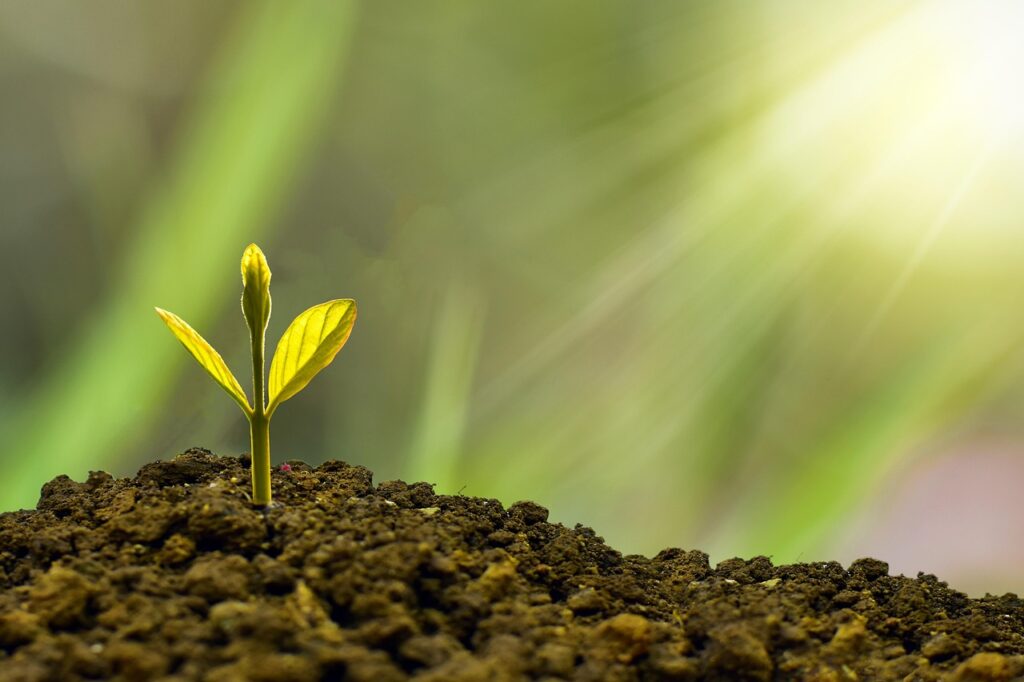
If there’s one thing I’ve learned about growing zinnia seeds, it’s that they absolutely love the sun. These flowers are sun worshippers—give them plenty of light, and they’ll reward you with bold, colorful blooms all summer long.
When I plant my zinnia seeds, I always pick the sunniest spot in my yard. They need at least 6 to 8 hours of full sunlight a day, and honestly, the more, the better. In shady areas, zinnias tend to get leggy and produce fewer flowers, which I learned the hard way my first year.
As for temperature, zinnias thrive in warm weather. I wait until the last frost has passed before sowing seeds outdoors—usually around late April or May here in most parts of the U.S. Zinnia seeds germinate best in soil temperatures around 70–75°F. They’re not fans of cold, so patience pays off here.
If you’re starting seeds indoors, keep them warm and give them lots of light until it’s safe to move them outside.
With the right combo of sunlight and temperature, your zinnia seeds will take off fast. It’s honestly one of the easiest ways to fill your garden with vibrant.
5- Transplantation
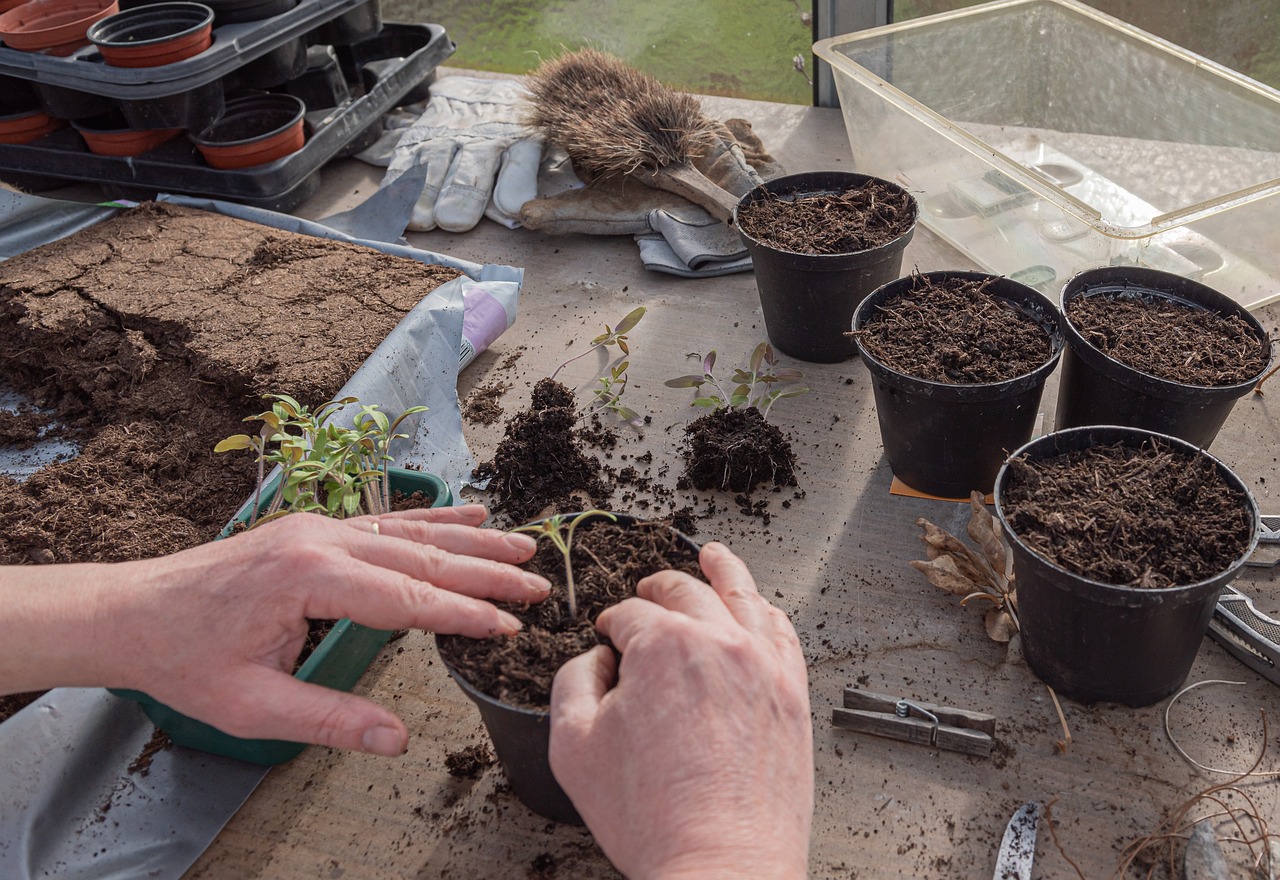
Once your zinnia seeds have sprouted indoors and grown into healthy little seedlings, it’s time for transplantation—and let me tell you, this step always makes me feel like a proud plant parent. Watching those tiny green shoots head out into the garden is such a rewarding part of the process.
I usually start my zinnia seeds indoors about 4 weeks before my area’s last expected frost (typically around April here in the U.S.). By the time they’ve grown 2-3 inches tall and developed a couple of sets of true leaves, they’re ready to move outside.
Before transplanting, I always “harden off” my seedlings. This just means gradually introducing them to the outdoors—starting with a few hours of sunlight each day and increasing over a week. Trust me, it makes a big difference in preventing transplant shock.
When it’s go-time, I space each seedling about 8–12 inches apart in well-drained soil and full sun. I try to handle the roots gently and water them in right after planting.
Transplanting zinnias gives your garden a head start on the blooming season. With a little care, those tiny sprouts from your zinnia seeds will soon be bursting with color and life!
Things to keep in mind while Growing Zinnias
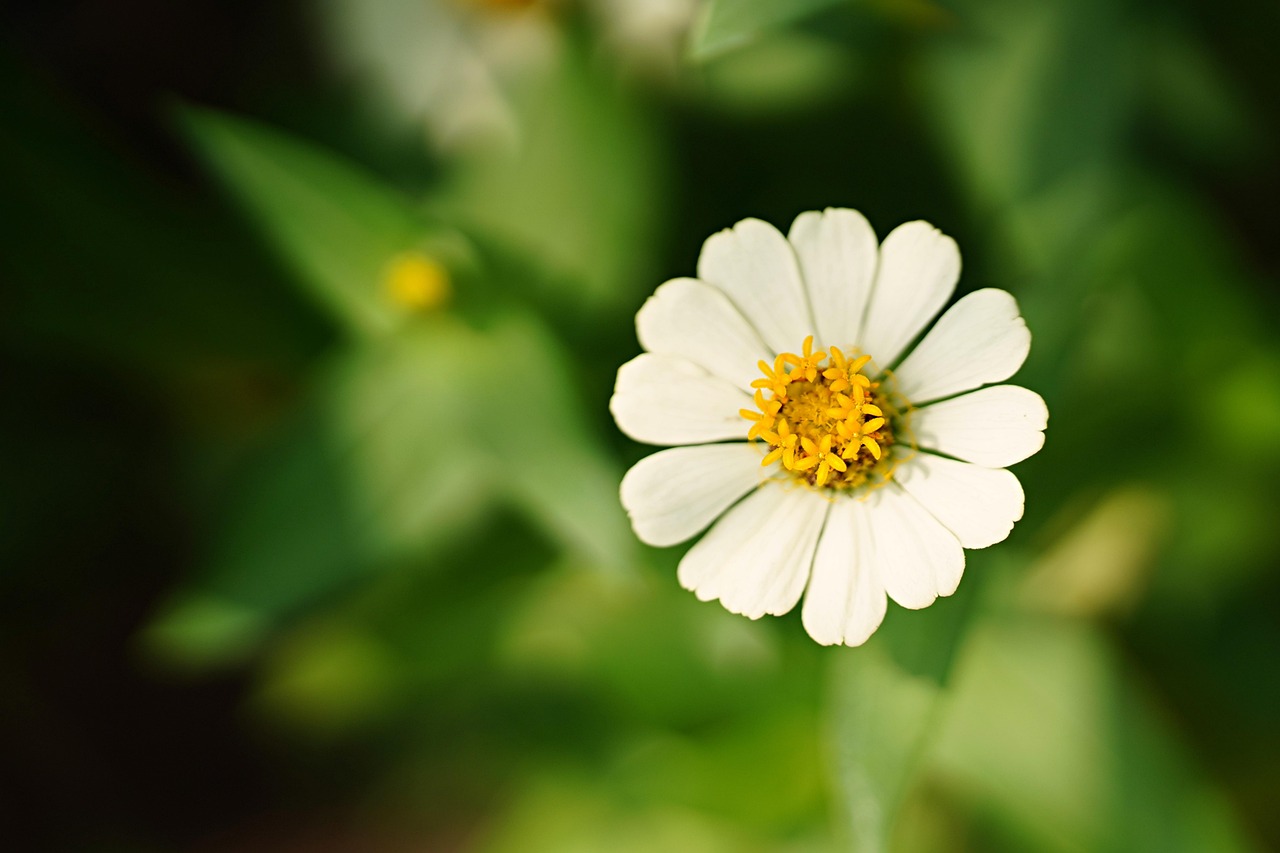
Growing zinnias is honestly one of the most enjoyable parts of my gardening season, but over the years, I’ve picked up a few key tips that make all the difference.
First, always plant zinnia seeds after the last frost—they’re not frost-tolerant, and cold soil will stunt their growth. I learned that the hard way one spring when I got a little too eager!
Second, give your zinnias plenty of space. Crowding them can lead to poor airflow, which invites powdery mildew—a common issue I used to face until I started spacing my plants at least 8–12 inches apart.
Third, keep an eye on watering habits. While zinnias are drought-tolerant once established, seedlings need consistent moisture early on. I like to water at the base to keep leaves dry and avoid fungal issues.
Deadheading (removing spent blooms) is a game changer, too. It encourages more flowers and keeps your garden looking fresh.
Lastly, always plant in full sun and well-drained soil. Zinnias love the heat and really thrive in those classic sunny U.S. summer conditions.
With just a little attention and care, your zinnia seeds will reward you with months of gorgeous, vibrant blooms—totally worth it!
Final Overview
Growing zinnia seeds has become one of my favorite annual garden traditions. It’s simple, budget-friendly, and the results are nothing short of stunning. Whether you’re a beginner or a seasoned gardener, zinnias are one of those flowers that give back way more than they ask for.
From choosing high-quality zinnia seeds to prepping the soil, giving them the right amount of water, sunlight, and warmth, every step plays a part in creating a garden full of color and life. I still remember the first time I grew zinnias from seed—the joy of seeing those first little sprouts and, weeks later, watching the butterflies dance around the fully bloomed flowers. It never gets old.
Just remember to give them space, keep the soil well-drained, and deadhead regularly for non-stop blooms. And don’t be afraid to experiment with different varieties—there are so many beautiful options out there!
At the end of the day, growing zinnia seeds is about more than just flowers—it’s about enjoying the process and the beauty that follows. So grab a packet of seeds, get your hands in the dirt, and let your garden burst to life with the magic of zinnias.
Frequently Asked Questions
The best month to sow zinnia seeds is usually April or May, once the danger of frost has passed. Warm soil and sunny days are their best friends!
In most parts of the USA, late April through early June is prime time. Just make sure the soil is warm—zinnias like to start off cozy!
Nope, no soaking needed! Zinnia seeds are ready to go straight from the packet to the soil. They’re low-maintenance like that.
I usually drop 2–3 seeds per hole, just to be safe. Once they sprout, you can thin them out and leave the strongest one standing.
Zinnias love full sun and well-drained soil. Give them 6–8 hours of sunlight a day, and they’ll reward you with nonstop color all season long!
Table of Contents
- How to Grow Zinnia Seeds?
- Where to find Zinnia Seeds?
- Steps to Grow Zinnia Seeds:
- 1- Soil Preparation for Zinnia Plant
- 2- Germination of Zinnia Seeds
- 3- Watering the Zinnia Plant
- 4- Provide proper Sunlight and Temperature
- 5- Transplantation
- Things to keep in mind while Growing Zinnias
- Final Overview
- Frequently Asked Questions
- Mona Lavender Plant: Complete Growing Guide for Beginners
- Alocasia Stingray Plant Guide: Tips for Healthy Growth
- Pink Lilly Flower: Growing and Caring for Pink Lillies

